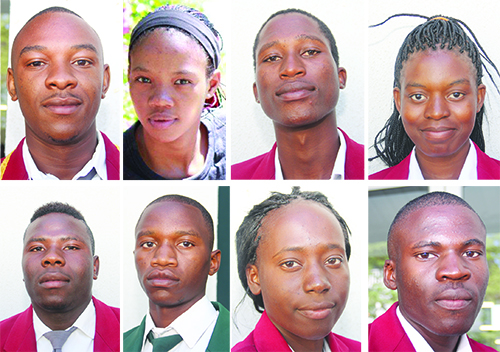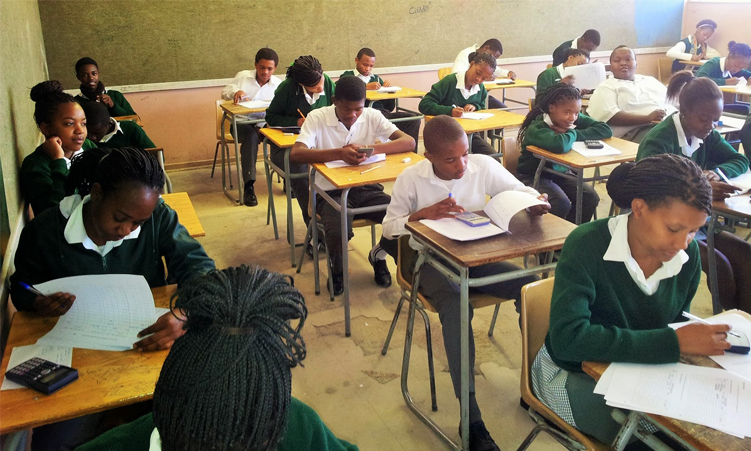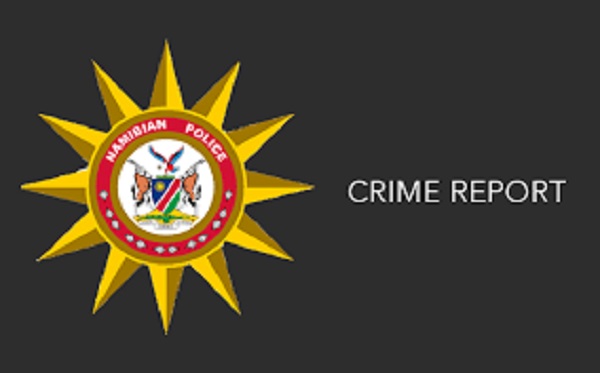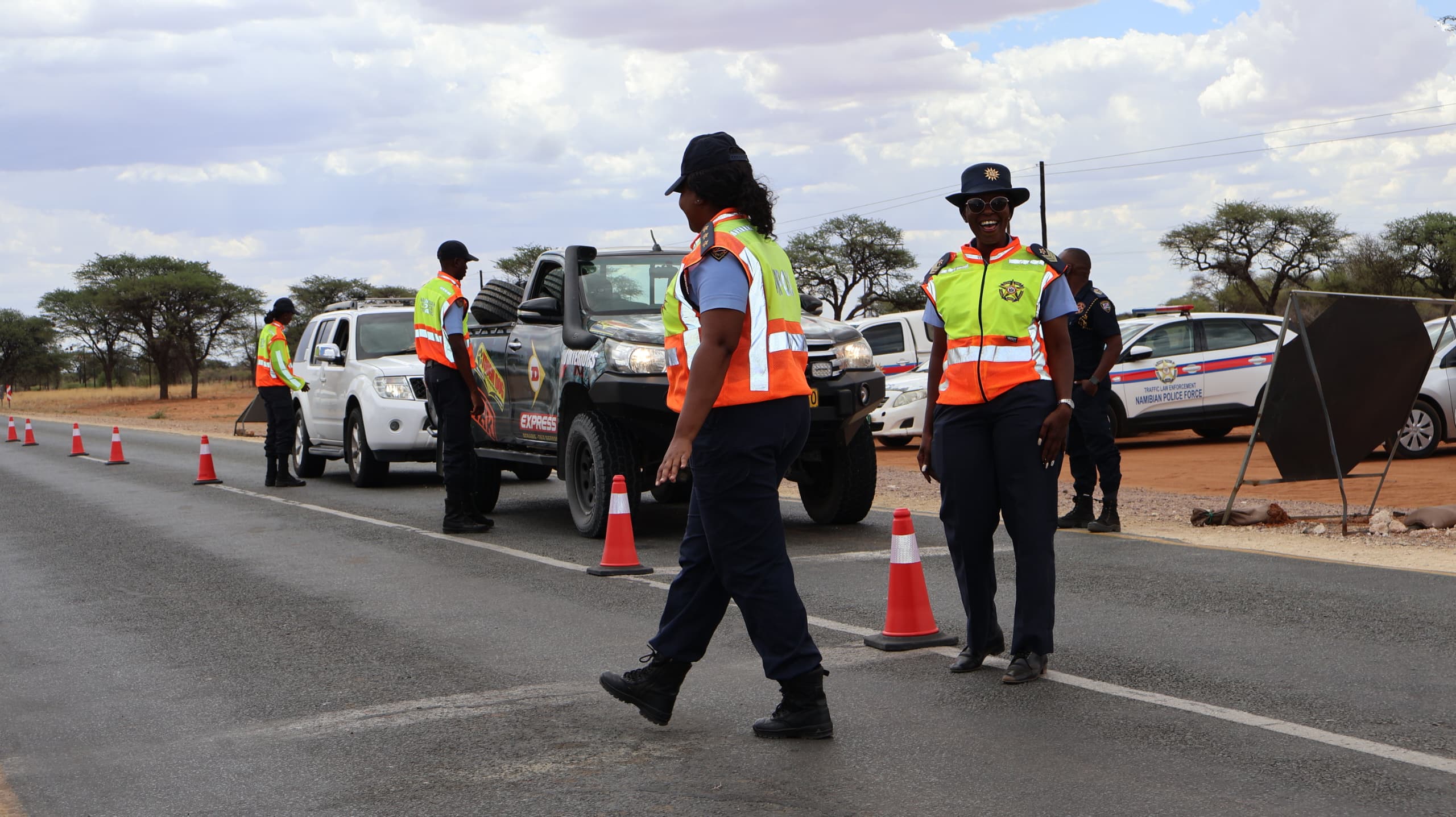GOVERNMENT schools continue to perform poorly in the Grade 12 Namibia Senior Secondary Certificate and Ordinary Level examinations compared to private schools despite the ministry channelling billions to these schools each year.
The ministry received about N$13 billion from Treasury.
Only 42,8% of Grade 12 full-time pupils qualified for admission to tertiary institutions, while the rest joined the ranks of annual failures.
Education minister David Namwandi yesterday attributed this to the fact that private schools only accept the creme de la creme while government schools accommodate all learners regardless of their background and level of performance.
“If you take the same learner from a public school to a private one, there will be no major difference in that learner’s performance,” he argued.
Namwandi also admitted that apart from enroling only learners who passed with flying colours, private schools invested extra resources in them. He said certain schools have problems with unruly learners which contributed to poor performance.
“Based on the performance of the 2014 Grade 12 candidates, it is almost certain that 8 300 students (excluding part-timers) will qualify for admission to tertiary institutions compared to 7 300 in 2013,” he said.
With the national Grade 12 examination results being released today,
Namwandi yesterday announced that there is a marginal increase of 0,2% in graded entries from last year’s 93,0%.
Reacting to the insignificant increase, the minister said that the 0,2% may not be a significant increase but it was a step in the right direction.
“People need to understand that you cannot go from a 40 to a 60 within a short period of time – if that happens, then something is wrong,” he said, adding that he still regarded it as a positive improvement.
He revealed that for 2014, 19 392 full-time and 25 540 part-time candidates sat for the examination at 176 and 125 full-time and part time centres respectively. The majority of the part-time candidates (22 886) were registered with Namibia College of Open Learning; while a total of 2 654 were registered with private institutions.
“When compared to 2013, the number of full-time candidates decreased by 109 (0,6%) to 19 392 candidates. The results of the 2014 full-time candidates show a better performance especially at Grades A, B, C and G while their performance at Grades A+ and D remains the same at 00 and -6% respectively as in 2013,” he said.
Namwandi explained that his ministry has analysed students who did not meet university entrance requirements, saying that about 1 150 candidates obtained between 20 and 24 points. He encouraged those who failed to qualify for tertiary institutions to register for vocational education, especially those pupils who scored lower than 20 points. He said these learners should upgrade their symbols with certified part-time institutions or join Cosdec for other critical skills.
Out of a total of 20 top performing schools, eight are government schools but none appears in the top five of the country.
St Boniface College, a Catholic Church-owned school in the Kavango region, came in at the number one spot, a title it has continued to claim over the past few years. Some of the regions that underperformed, such as Zambezi, which emerged 14th in the regional rankings, said it was trying to look for ways to closely analyse the reason for its failure. Deputy director for programme quality assurance at the Zambezi education regional office Teopolina Hamutumua said that the staff had seen the results and “it is not looking good”.
Hamutumua said the directorate is planning a teachers symposium for both Grade 10 and 12 that will look at strengthening the region’s performance.
“Our team met today to discuss our performance and we have decided to set up programmes and plans to improve our performance, the symposium being one of them,” she revealed, adding that she could not pinpoint the reason for the region’s failure.
The education director of Omaheke, Pecka Semba, whose region came in at 12th position, said that he was not surprised by the outcome.
The region fell from grace after it was awarded the floating trophy for the best improved symbols by the ministry last year. This year the region fell three places from nine to 12.
“I hate excuses but part of the reason could be a result of the fact that most of our best performing Grade 10 learners move to the Khomas region,” he said.
He also said that the regions’s teachers were not doing their best in pushing learners to their full potential.
“This year we will certainly find ways and strategies to improve,” he said.
Namwandi encouraged those who failed to score above 23 points but who do not wish to rewrite their Grade 12 this year, that the Ministry of Education of Namibia and the Ministry of Technical, Professional Education in Loudima, Congo Brazzaville, have constructed a technical school in Congo Brazzaville that will take in Namibian trainees.
“Some of the students will be placed at this technical school while we are exploring cooperation with countries such as Cuba, Zimbabwe, Germany and Singapore to mention but a few,” he said.
Stay informed with The Namibian – your source for credible journalism. Get in-depth reporting and opinions for
only N$85 a month. Invest in journalism, invest in democracy –
Subscribe Now!








